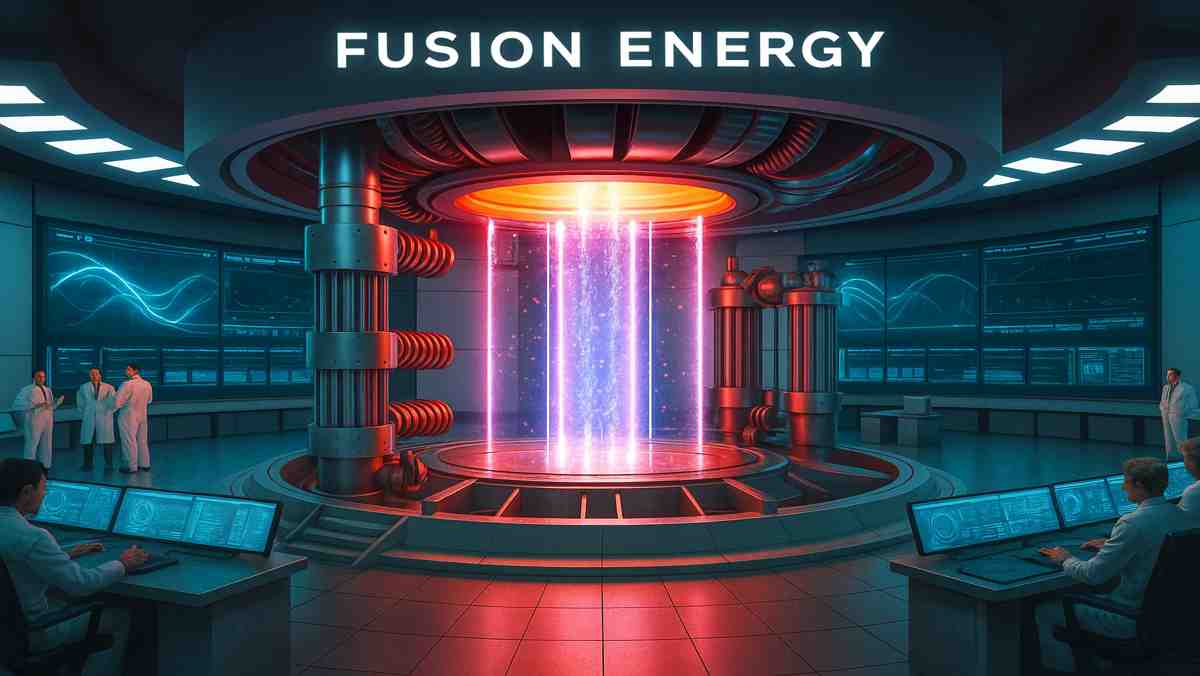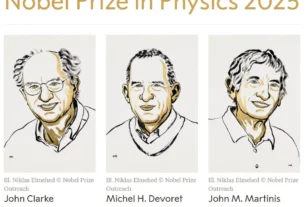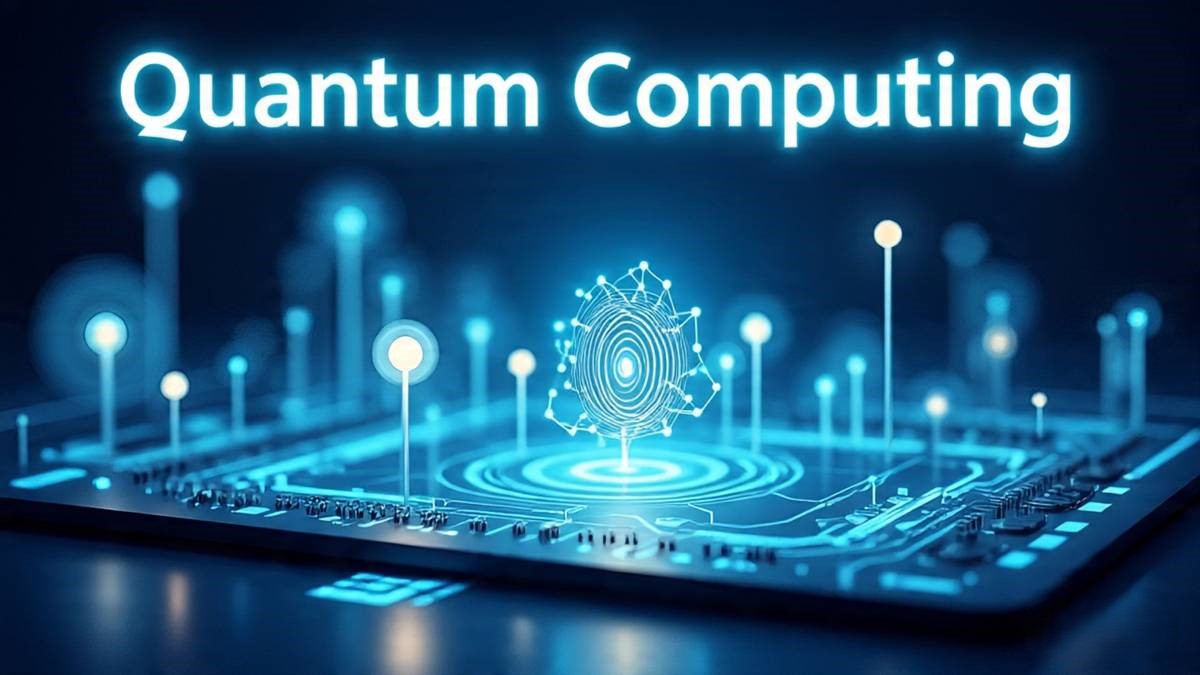How Fusion Energy Works is not just a interesting scientific oddity — it is the process that drives our Sun and every star in the universe. Fusion energy is not like traditional nuclear power that splits atoms (fission), instead it combines light atomic nuclei or “nuclei” of which usually hydrogen is one of those light elements. When light atomic nuclei fuse, they create helium and emit a massive amount of energy — far more than burning coal, oil and even uranium.
Scientists have been wanting to make this dream a reality for over 70 years because of how clean, safe, and plentiful fusion energy could be. Unlike fossil fuels, fusion energy emits no greenhouse gases, and unlike nuclear fission, leaving no long-lived radioactive waste. Large-scale projects like ITER in France and National Ignition Facility in the U.S. are already testing massive reactors that could some day provide the world with cheap, sustainable forms of electricity.
👉 Related: Dark Matter Discovery 2025
⚡ What is Fusion Energy?
Fusion Energy is the process of combining two light atomic nuclei (usually hydrogen isotopes like deuterium and tritium) to form helium, releasing enormous amounts of energy. This is the same reaction that powers stars — making it the ultimate form of Star Energy.
✔️ Key Benefits of Fusion Power:
- 💨 Zero carbon emissions
- ♻️ Fuel available from seawater & lithium
- 🚫 No long-lived radioactive waste
- 🌟 Virtually unlimited energy supply
🌍 According to IEA, global energy demand is set to rise by 30% by 2030, making Fusion Power one of the most urgent solutions.
⚙️How Fusion Energy Works Inside a Fusion Reactor
A Fusion Reactor is the machine built to recreate the Sun’s energy on Earth. The most famous type is the Tokamak Reactor, shaped like a giant magnetic doughnut, where plasma hotter than the Sun’s core is trapped with superconducting magnets.

⚡ Key Steps in Fusion Power Generation:
- 🌡️ Heating Plasma – The fusion fuel is heated to more than 150 million °C, making it hotter than the Sun’s core.
- 🌀 Magnetic Confinement – Superconducting magnets trap the plasma inside a doughnut-shaped chamber (tokamak) or a twisted stellarator.
- 💥 Nuclear Fusion Reaction – At such high energy, hydrogen nuclei fuse to form helium, releasing massive amounts of energy.
- 🔋 Energy Capture – The heat generated is absorbed by a special “blanket” system, which then produces steam to drive turbines and generate electricity.
Just a few grams of fusion fuel can release the same amount of energy as tons of fossil fuels, without producing long-lived radioactive waste. Scientists believe fusion will become even more reliable when combined with advanced technologies such as Quantum Computing, which can help improve plasma stability and control.
🌐 Leading Fusion Reactors Worldwide
| 🌍 Country | ⚡ Fusion Reactor | 🔎 Key Details |
|---|---|---|
| 🇫🇷 France | ITER Project | World’s largest experimental tokamak reactor, designed to prove the feasibility of fusion power. Expected to generate 500 MW of fusion power from only 50 MW input. |
| 🇺🇸 USA | National Ignition Facility (NIF) | Laser-based fusion system at Lawrence Livermore National Laboratory. Achieved historic ignition milestone in 2022, proving net energy gain in controlled fusion. |
| 🇬🇧 UK | JET (Joint European Torus) | Held the record for most sustained fusion energy output. Provided vital data for ITER and next-generation fusion designs. |
👉 Pro Tip: Just as fusion experiments push the boundaries of energy, space missions like NASA TRACERS Mission 2025 are expanding our understanding of magnetic fields — both are key to controlling plasma energy safely.
🌟 7 Shocking Breakthroughs in Fusion Energy
⚡ 1. Super Lasers Ignite Fusion
The National Ignition Facility (USA) achieved the world’s first “ignition,” where energy output from fusion power exceeded the input. This was a historic step toward making fusion reactors a practical energy source.
🤖 2. AI-Powered Fusion Control
Researchers are using Artificial Intelligence to stabilize the unstable plasma inside a fusion reactor. Early tests show up to 40% fewer disruptions, which could help achieve continuous clean energy.
👉 Related Reading: AI in Healthcare — proving how AI is transforming both medicine and advanced energy systems.
🌊 3. Star Energy from Seawater
Fuel for fusion energy is nearly limitless. Deuterium from seawater could power the planet for millions of years, with just one liter of water containing fuel equal to 300 liters of gasoline.
👉 Similar Breakthrough: Plastic-Eating Bacteria — showing how nature and science are solving energy and pollution challenges together.
🚀 4. Private Fusion Startups Boom
Companies like Helion Energy and Commonwealth Fusion Systems are racing governments to build the first commercial fusion power plants. The rise of private fusion startups signals faster development.
🔬 5. Mini Fusion Reactors
Unlike giant projects like ITER, compact fusion reactors are being designed to power cities, military bases, and even deep-space missions. This could change how humanity explores the cosmos.
🌍 6. Unlimited Power with Zero Carbon
Unlike fossil fuels, fusion energy produces zero greenhouse gases and leaves no dangerous long-lived radioactive waste. It’s the ultimate clean energy to fight climate change.
👉 Climate Warning: 2025 Heatwave Emergency — highlighting why clean energy like fusion is urgently needed.
⚠️ 7. Risks & Challenges Remain
While the dream of fusion reactors is closer than ever, challenges remain — from trillions in investment to decades of research. Scientists warn against overhyping, but agree fusion is humanity’s greatest hope for limitless energy.
🌍 The Future of Fusion Energy
If fusion reactors are successful, coal, oil, and possibly nuclear fission plants could be phased out — and fusion power could become the underpinning of the global energy system. The scientific community is hopeful that this innovation would herald a new energy revolution that could change the world in the way humans power everything from homes to space travel.
But until then, the world watches in suspense: Will we have unlimited clean power from fusion energy or will it be humanity’s greatest dream and illusion?
👉 For a bigger picture perspective on how contemporary science will shape our future, you may want to check out the International Year of Quantum Science, another pioneering movement that is altering modern technology.
🔮 Conclusion: The Dawn of Fusion Energy
Fusion energy is no longer in the realm of science fiction, it is the same star power that powers our universe being harnessed on Earth. We see advanced fusion reactors with ITER and JET and unprecedented experimental set-ups in the USA, and every step brings us closer to the promise of unlimited clean power.
The promises of fusion power are billions of tons of zero-carbon energy, energy that safe and almost limitless. The world needs energy like this to tackle climate change and sustainability needs – we need alternatives to fossil fuels. There are however challenges, and it hinges on technology, funding, and global collaboration for this dream to become a reality.
🌍 One thing is for sure, the race for fusion energy is not just about science, but about the future of humanity, whether it becomes our greatest success or greatest delusion, but the path itself is pushing the boundaries of human knowledge.
❓ Frequently Asked Questions About Fusion Energy
🔹 What is Fusion Energy in simple terms?
Fusion energy is the process of merging two light atomic nuclei (like hydrogen isotopes) into one heavier nucleus, releasing massive amounts of energy. It’s the same reaction that powers the Sun — often called star energy. Unlike fossil fuels, fusion power produces no carbon emissions and promises virtually unlimited clean energy.
👉 Learn more about cutting-edge science like Gut Microbiome research.
🔹 How is Fusion Energy different from Nuclear Fission?
Nuclear fission splits heavy atoms like uranium, while fusion reactors merge light atoms. The main advantage is safety — fusion power does not produce long-lived radioactive waste, making it much cleaner and safer compared to fission.
🔹 When will Fusion Energy be available for public use?
Scientists predict that large-scale fusion power plants could begin operating by the 2030s–2040s. Projects like ITER in France and NIF in the USA are pushing toward breakthroughs, but commercial use depends on sustained plasma confinement and cost reductions.
👉 Related Reading: AI in Healthcare innovations — just like AI is transforming medicine, fusion is set to transform energy.
🔹 Is Fusion Energy really unlimited?
Yes — the fuel for fusion reactors (deuterium from seawater and lithium) is abundant. Just one liter of seawater contains enough deuterium to generate energy equivalent to burning hundreds of liters of oil. That’s why scientists call fusion the ultimate unlimited power source.
🔹 What are the main challenges of Fusion Energy?
Key challenges of fusion power include:
• Creating plasma hotter than the Sun’s core 🌞
• Sustaining magnetic confinement for long periods ⚡
• Lowering costs of superconducting magnets and lasers 💡
• Scaling fusion reactors for global demand 🌍
👉 Read about the 2025 Heatwave Emergency to see why clean energy like fusion is urgently needed.
🔹 Is Fusion Power safe for humans and the environment?
Absolutely. Fusion reactors do not carry a meltdown risk, do not produce high-level radioactive waste, and release zero greenhouse gases. This makes fusion power one of the safest and cleanest energy sources for the future.




